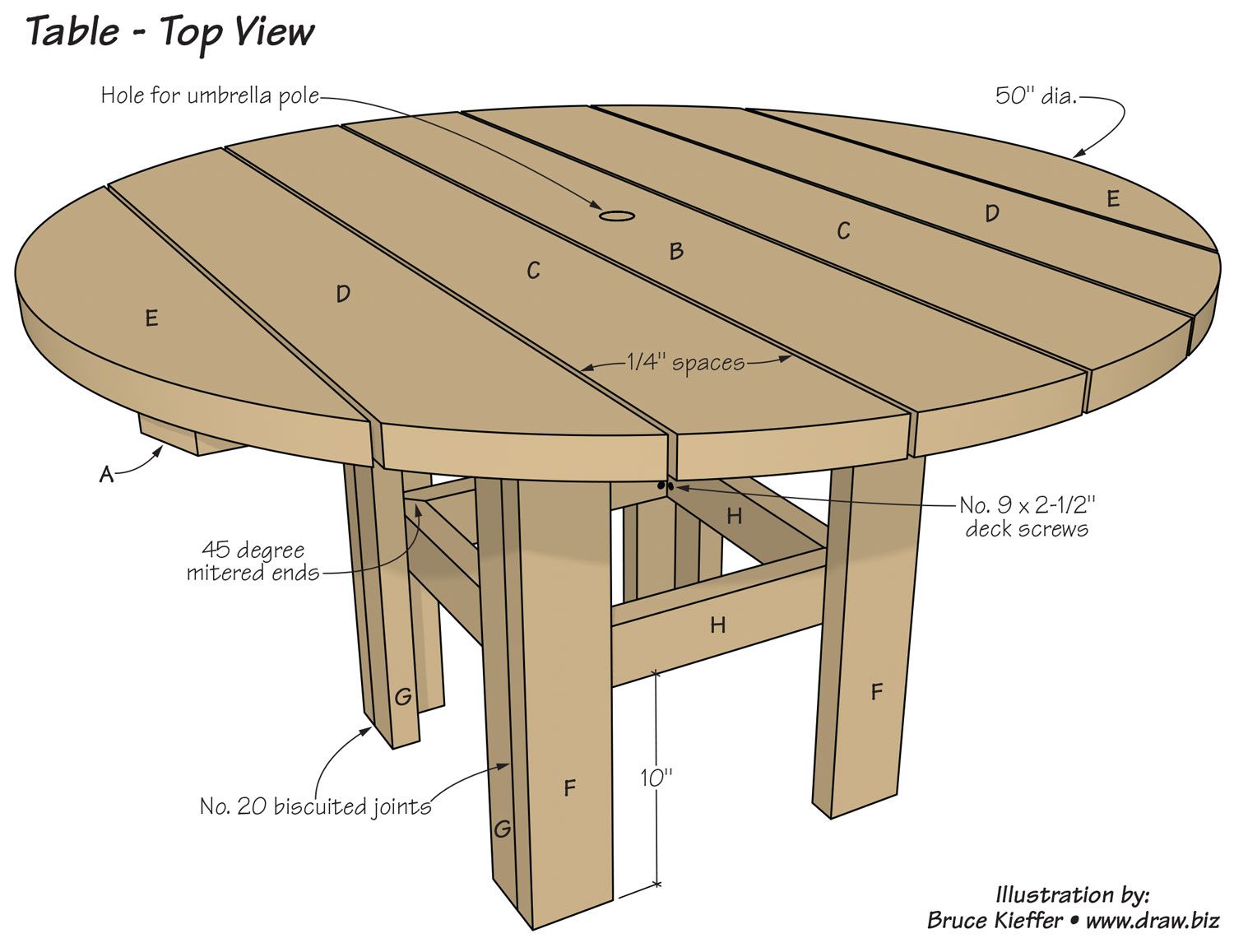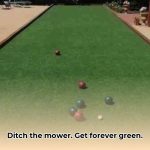Whether you’re a seasoned carpenter or a DIY enthusiast looking to furnish your home, this guide will equip you with the knowledge to build sturdy and stylish tables designed to last for generations. From selecting the right materials to mastering essential joinery techniques, we’ll cover the fundamental principles of effective table construction.
Principles of Table Construction
Building a table that’s both visually appealing and structurally sound hinges on several key principles. Consider these principles your blueprints for a successful project:
1. Picking the Perfect Materials:
The foundation of any well-built table starts with selecting appropriate materials. Consider the table’s intended use and desired aesthetic. Hardwoods like oak or maple are ideal for heavy-duty tables due to their strength and durability, while softer woods like pine are suitable for simpler projects. For a modern look, explore metal or composite materials. Always factor in moisture resistance, especially for outdoor tables.
2. Mastering the Art of Joints:
Joints are the backbone of your table, providing structural integrity and holding everything together. Prioritize strong, reliable joints like dovetail, mortise and tenon, or dado joints. These interlocking joinery methods ensure a robust build that can withstand pressure and use over time.
3. Building a Strong Foundation:
A table frame acts as its skeleton, requiring strategic support and reinforcement. Carefully position legs, incorporate crossbars for added stability, and consider apron support to prevent sagging. Evenly distribute weight throughout the frame for optimal strength and balance.
4. Nailing the Tabletop Thickness:
The tabletop’s thickness directly influences its sturdiness and resistance to warping. A thicker top generally equates to a more durable table, especially for larger designs. Consider the table’s function—a dining table, for instance, requires a thicker top than a delicate side table.
5. Shape and Design: Finding Your Style:
With structural considerations in place, explore various shapes and designs to complement your style and space. Round tables encourage conversation, while rectangular or square tables maximize surface area. Harmonize the table’s shape with your overall aesthetic and ensure it integrates seamlessly with your existing décor.
6. Choosing the Right Base:
A table’s base significantly impacts both stability and design. Pedestal bases offer a sleek, modern aesthetic, while four-leg bases provide classic stability. Trestle bases lend a rustic charm. Each option comes with its own set of advantages and disadvantages, so weigh your priorities before making a decision.
7. Adding Functionality and Flair:
Elevate your table’s design with functional elements that cater to your specific needs. Incorporate expandable designs for accommodating larger gatherings or add features like drawers or shelves for extra storage. These additions enhance practicality without compromising aesthetics.
Building a table is an immensely rewarding experience. By understanding these fundamental principles, you’ll be well-equipped to create a beautiful and enduring piece that enhances your home for years to come.
What Makes a Well-Constructed Table?
A well-constructed table is characterized by its durability, stability, functionality, and aesthetic appeal. Let’s delve into the key elements that contribute to a table’s enduring quality:
1. Stability:
A stable table starts with a robust foundation. Sturdy legs, securely attached aprons (connecting pieces between the legs), and additional support elements like crossbars or stretchers work in harmony to prevent wobbling and ensure a level surface.
2. Durability:
Durability ensures a table can withstand daily wear and tear. Selecting tough, high-quality materials such as solid wood is crucial. Equally important is the construction method; sturdy joinery techniques are essential for long-lasting integrity.
3. Functionality:
A well-designed table should be as practical as it is beautiful. Consider the table’s intended use before construction. A dining table demands ample surface area, while a coffee table might prioritize style and storage.
4. Aesthetics:
Aesthetics play a significant role in a table’s overall appeal. Consider the wood grain, finish, and even finer details like handles or knobs to complement your existing décor and create a visually pleasing piece.
Points to Remember When Building (or Choosing) a Table:
- Plan, plan, plan! Determine the desired size, shape, and purpose of your table before starting.
- Pick materials that last. Opt for durable options like solid wood, metal, or stone.
- Don’t skimp on the joints! Dovetails, mortise and tenon joints signify quality craftsmanship and contribute to a table’s longevity.
- Stability is key! Aprons, crossbars, and stretchers are essential for preventing wobbling.
- Form follows function. Ensure the table’s design aligns with its intended use.
Building or choosing a table is an investment in your home and comfort. Prioritizing these key elements will ensure you acquire a piece that’s both visually appealing and built to withstand the test of time.
Balancing Aesthetics and Functionality in Table Design
Achieving the perfect balance between aesthetics and functionality in table design is an art. The ideal table should not only captivate the eye but also seamlessly integrate into your lifestyle.
Determine the Table’s Purpose:
Begin by defining the table’s primary function. Will it serve as a central hub for family dinners, a makeshift home office, or perhaps both? Understanding its intended use guides your decisions regarding size, shape, and suitable materials.
Consider Your Home’s Style:
Align the table’s design with your existing home décor. Whether your style leans towards modern chic, cozy farmhouse, or something entirely unique, selecting a table that complements your aesthetic creates a cohesive and harmonious space.
Explore Material Options:
Explore various materials, each offering a distinct look, feel, and price point. Wood brings warmth and durability, metal offers a sleek and modern aesthetic, and stone exudes timeless elegance. Carefully weigh the pros and cons of each material to make an informed decision.
Pay Attention to the Details:
Details elevate a table from ordinary to extraordinary. The shape of the legs, the style of hardware, and even the finish on the wood contribute to the overall aesthetic.
Embrace Your Creativity:
Don’t be afraid to think outside the box and experiment with different styles and materials. Mix and match elements to create a truly unique and personalized table that reflects your taste.
Clear and Concise: How to Present Data Effectively in Tables
Tables are invaluable tools for presenting data in a clear, organized, and easily digestible manner. Let’s explore some key principles for crafting effective tables:
Craft Tables With Clarity:
- Avoid Redundancy: Instead of creating multiple tables with similar information, consolidate data into a single, comprehensive table.
- Provide Context: Include all necessary information within the table to minimize the need for external references.
Organize Elements Strategically:
- Facilitate Comparison: Position entries intended for comparison (e.g., different product features) adjacent to each other.
- Use Clear Headings: Utilize descriptive headings for both columns and rows to guide the reader’s eye and enhance comprehension.
- Define Units: Specify the unit of measurement for numerical data to avoid ambiguity.
Maximize Functionality and Aesthetics:
- Balance Form and Function: Create a table that is both visually appealing and easy to navigate.
- Consider Ergonomics: Design tables with readability in mind, utilizing appropriate font sizes, spacing, and color contrast.
Consider Expandability and Base Options:
- Explore Base Options: Research and select table bases that align with your desired style, stability requirements, and budget.
- Consider Expandability: For larger gatherings or flexible spaces, explore expandable table designs that can adapt to various needs.
Additional Insights for Effective Table Design:
- Accessibility Considerations: Design tables with accessibility in mind, using features and formatting that cater to individuals with disabilities.
- Technological Integration: Explore integrating technology, such as charging stations or interactive displays, into table designs for enhanced functionality.
- Sustainable Practices: Promote environmental responsibility by utilizing sustainable materials and eco-friendly construction methods.
By following these guidelines, you can transform data from a jumbled mess into a clear, concise, and visually appealing presentation. Remember, a well-designed table not only conveys information effectively but also enhances the reader’s overall experience. If you need further assistance in rectifying an issue or want to delve deeper into the intricacies of table construction, our comprehensive guide will provide valuable insights that profoundly reveal intricacies in construction.
- Grass Forever in Livermore: Your Guide to Artificial Turf - April 22, 2025
- German Roaches vs. American Roaches: Key Differences and Control - April 22, 2025
- 150+ Flowers That Start With S: A Comprehensive Guide - April 22, 2025










